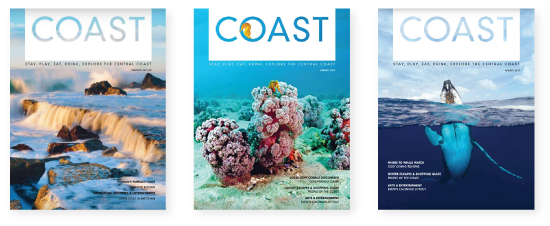Ellie is a very special dog, a cross between a French bulldog and beagle. She’s only eight, and has spent half of her life in a research facility.

Perhaps just as special is Paula Wallace, the human founder of the Liberty Foundation that is behind Ellie’s new-found freedom, and hundreds more animals that the foundation has found homes for after their years in research.
Paula, a journalist, worked for many years writing about corporate sustainability. ‘In 2017 I was at a stage in my life where I needed to be of service and apply my skills and experience to a cause that needed attention,’ she says from her home in East Gosford.
‘When I was a teenager I’d seen vivisection taking place at a university so was aware of animals’ use in scientific studies.’ she explains. ‘I believed there was a more sustainable way for research establishments to manage animals in their care.
‘I’d always wanted to work in the area of advocacy for these animals as they’re often forgotten in the mainstream animal welfare movement.’
And so began the Liberty Foundation. Its values are compassion, inclusion, joy, hope and love. And to date it has rehomed more than 400 creatures – rabbits, rats, mice (four of whom live with Paula in a beautifully appointed naturalistic enclosure), guinea pigs, dogs, cats and, the most unusual so far, a group of zebrafish. Zebrafish are used widely in research as they possess many characteristics that make them valuable models for studying human genetics and diseases.
Paula emphasises that rehoming is not a simple, one-step exercise of removing an animal from a facility and relocating it elsewhere. Many factors must be considered.
‘I collect the animals from the research establishments, but I’ve usually met with them many times beforehand so I understand where they’re housed and the kind of life to which they’re accustomed. We work with progressive establishments that are, in many cases, as passionate about rehoming as we are. They generally understand their animals very well and can assist us in matching them to compatible owners and living situations when they leave.
‘We take on any animal that can become a pet, a companion, or be retired to a farm animal sanctuary,’ says Paula. She’s found that many of the animals that are being rehomed have ‘special characters’ that have arisen from spending all their lives in an institutional environment. Dogs, for example, may at first find freedom overwhelming and are baffled by people wanting to bond with them.


‘We have a Foster and Adoption Guide that helps carers to support the dogs as they adjust,’ she explained. ‘Also, our guinea pigs and rabbits may at first be a little timid or skittish, but they can overcome this with gentle handling and a loving owner who understands their needs.
‘Over the past four years, since beginning this work, we’ve discovered that once they’re through the initial transition, the animals become very devoted to their human companions and really appreciate the opportunity to have one-on-one attention, a selection of foods, freedom of movement and more choices. Generally, I’d even say our animals are more affectionate than their unconfined counterparts.’
Just like Ellie the French bulldog beagle cross, who is enjoying every new day being a dog, walking in the park, rolling on the grass and wading in puddles. It’s a new life interspersed with naps and snacks, and lots of pats and cuddles. She is loved and very happy.
Interested in volunteering your skills or becoming a foster carer or adopter? Take a look at libertyfoundation.org.au
Animals that are available to foster and adopt can be found at facebook.com/LibertyFoundationAustralia
WORDS SUZY JARRATT






